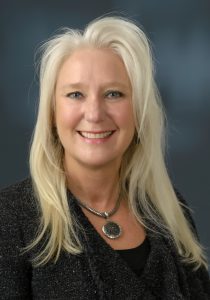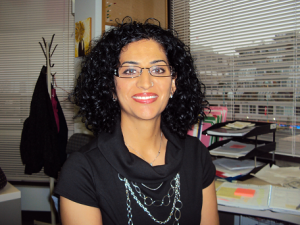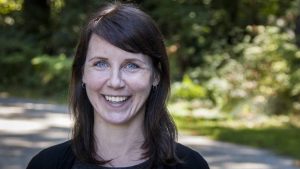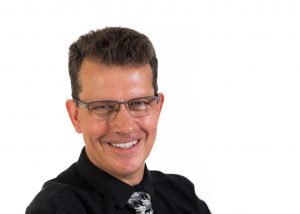The Future is Now – A Digital Sampler for Patient-Centered Care
The Future is Now – A Digital Sampler for Patient-Centered Care
Keynote Speaker Dr Richard Booth of Western University, in his presentation at the Marion Woodward Lecture on November 14th, began with some background, taking his audience through the rapid changes in technology over the past 30 years. He showed how our perceptions of what is ordinary—our “baselines”—have been shifted step-by-step. Some people marvel at a telephone that takes pictures and tells us where we left our car, but for the next generation, asking a robot to
turn on the coffee maker or unlock the front door is just another Tuesday. Humanity passively normalizes giant leaps in technology because the rate of change is so rapid we cannot keep pace. We either go with the flow or we become overwhelmed. Thus we are surrounded by technology that we rely on but do not understand and we place ourselves in danger of being mastered by it.
Booth’s main thesis point is: “only by reconceptualizing our relationship with emerging technology, can we actively engage in the discourse related to how these forms of technology could or should be used to evolve the modern-day nursing role.” In Booth’s opinion, nursing is not doing enough of that, and probably is not moving fast enough. Asked what their relationship to advanced technology is, one nurse’s response was angry, stating that nothing takes the place of an experienced RN’s instincts and thought processes. Meanwhile, Booth’s questionnaires for nursing students reveal they live in a state of ambivalence. They fear being augmented or replaced but they acknowledge that “Some day we may be advocating for robots & technology.” If 19-year-olds haven’t evolved their relationship with technology, Booth points out, where is the rest of our profession?
Booth offers these suggestions for staying relevant:
- Keep raising your baseline. Be aware when the world has changed but the systems haven’t. Understand when trends evolve and be prepared to move with the times.
- Step up, leverage and become stewards of tech for the sake of patients and the profession. When technology provides benefits such as extra time with patients, be the ones to advocate for policies that protect those benefits.
- Consider what processes can be ethically shifted from nursing practice to automation, and allow those to happen. Reinforce and amplify the human element. That is the strength of the nursing profession.
- Be a change agent. Build a vision for future human-and-technology relationships. As part of the change, you will be well-positioned to co-create the future.
The Afternoon Symposium offered a deep-dive into the subject matter covered by the Marion Woodward Lecture. Along with Booth, these were the topics and their presenters for 2019:
- The Interstitial spaces between what is human and non-human: Artificial Intelligence and robotic process automation in nursing (Richard Booth)
- Connecting Primary Care to Specialists: Remote Consultative Solutions (Margot Wilson)
- My Voice and Choice in Long Term Care through Animated Design (Jasjit Gill)
- Technology Enabling Patient- and Family-Centered Care in the New St. Paul’s Hospital (Miriam Stewart)
- Technology in Healthcare: Expecting the Unexpected (Chantelle Recsky)
- Virtual Reality: Pain Research and other Clinical Applications (Bernie Garrett)
 Richard Booth challenged participants to reflect on how the roles of current-day nurses may be changed through the use of technologies like artificial intelligence and robotic process automation. |
 Margot Wilson presented two remote consultative models of care: Rapid Access to Consultative Expertise – RACE, an urgent telephone advice line to connect family physicians and nurse practitioners to a specialist within a few minutes. Electronic Consultative Access to Specialist Expertise – eCASE is a complimentary non-urgent email advice model. |
 Jasjit Gill presented two projects: My Voice and Choice is a partnership between Vancouver Coastal Health and Emily Carr University that explores methods of making patient voices heard. |
 Miriam Stewart Followed the design of the new St. Paul’s Hospital to demonstrate various interfaces between patients, care providers, and technology throughout the patient journey. |
 Chantelle Recsky outlined the benefits and negative consequences of incorporating technologies into the delivery of care.
|
 Bernie Garrett explored current research using virtual reality (VR) as an adjunctive pain management tool, particularly for chronic cancer pain. |
THE MARION WOODWARD LECTURE IS MADE POSSIBLE THROUGH THE GENEROUS SUPPORT OF THE MR. AND MRS. P. A. WOODWARD’S FOUNDATION.